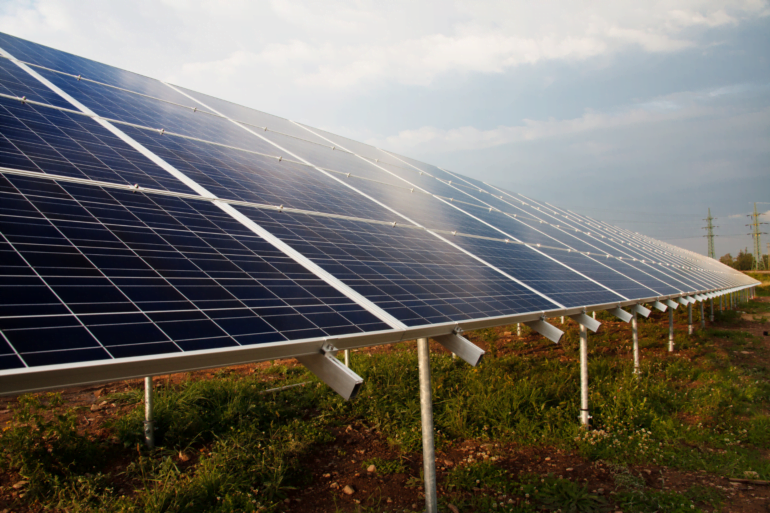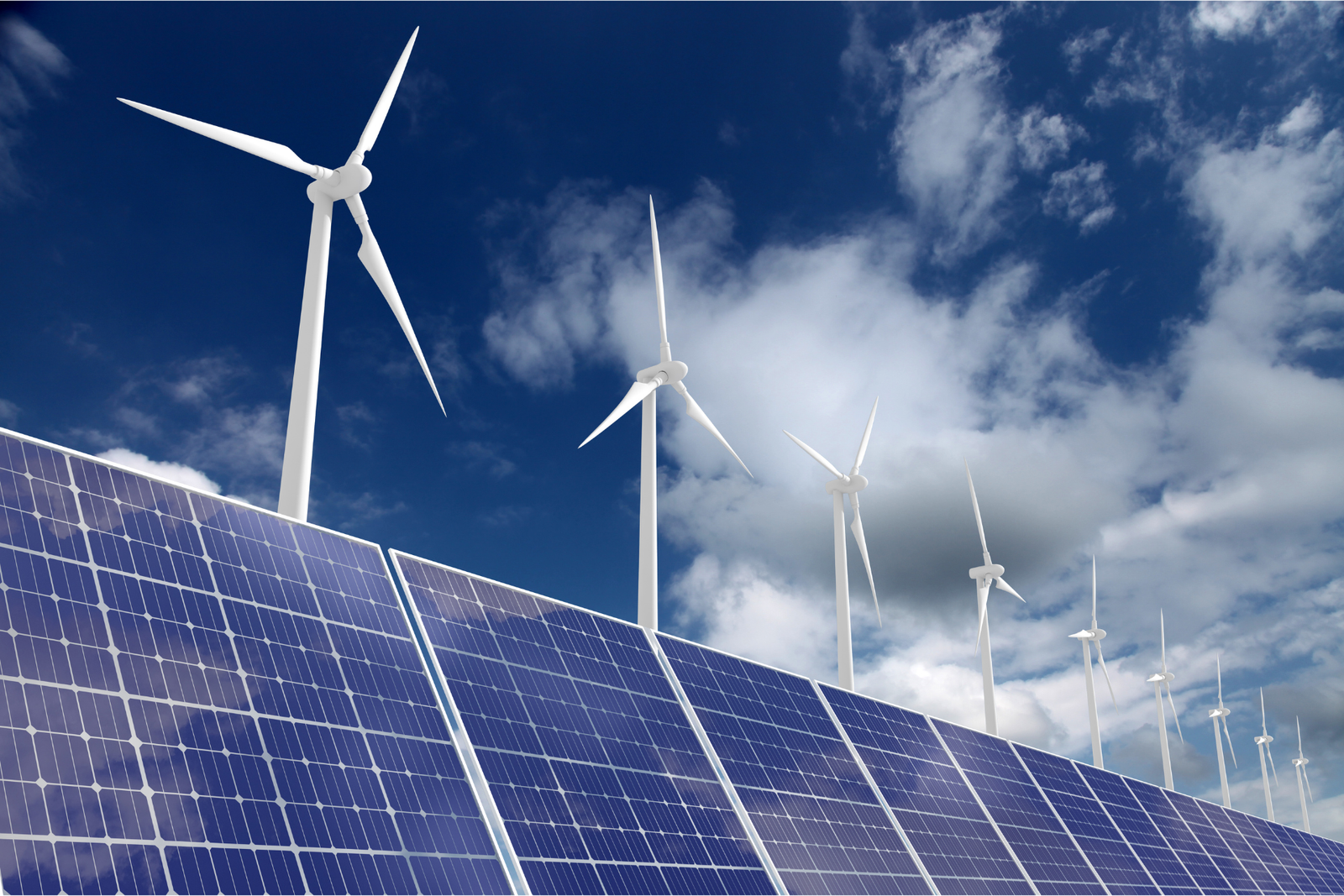Introduction
In an era where sustainability and environmental consciousness are at the forefront of global discussions, the concept of Renewable Energy Zones (REZs) has emerged as a promising solution to meet the world’s growing energy demands while minimizing environmental impact. This blog aims to delve into the significance, benefits, and challenges associated with Renewable Energy Zones, shedding light on their role in shaping a cleaner and more sustainable energy future.
Understanding Renewable Energy Zones
Renewable Energy Zones refer to strategically designated areas with abundant renewable energy resources, such as solar, wind, geothermal, and hydroelectric power. These zones are identified based on their potential to generate clean energy efficiently and sustainably. By concentrating renewable energy infrastructure in specific regions, REZs aim to optimize energy production, transmission, and distribution, thereby enhancing overall efficiency.
Key Benefits of Renewable Energy Zones
Optimal Resource Utilization
REZs allow for the concentrated deployment of renewable energy technologies in areas with high resource potential. This enables optimal utilization of solar, wind, and other renewable sources, maximizing energy output.
Grid Integration and Stability
Concentrated renewable energy production facilitates better integration with existing power grids. This improves grid stability by reducing fluctuations in energy generation, ensuring a reliable and consistent power supply.
Economic Growth and Job Creation
The development of Renewable Energy Zones stimulates economic growth by attracting investments and creating jobs in the renewable energy sector. Local communities benefit from increased employment opportunities and the establishment of supporting industries.
Environmental Conservation
By harnessing energy from abundant and clean sources, REZs contribute significantly to reducing greenhouse gas emissions and mitigating climate change. This aligns with global efforts to transition towards a low-carbon economy.
Challenges and Solutions
Transmission Infrastructure
One of the primary challenges faced by REZs is the need for a robust transmission infrastructure to transport energy from these zones to urban centers. Governments and private stakeholders must invest in upgrading and expanding transmission networks to overcome this hurdle.
Land Use Conflicts
The allocation of land for Renewable Energy Zones may lead to conflicts with other land uses, such as agriculture or conservation. Effective land-use planning and community engagement are crucial to finding mutually beneficial solutions.
Technological Innovation
Continued research and development are essential to enhance the efficiency of existing renewable energy technologies and explore new solutions. Investment in innovation can address challenges related to energy storage, intermittency, and overall system reliability.
The Global Perspective
Renewable Energy Zones are not confined to a specific region; rather, they have become a global phenomenon. Countries worldwide are recognizing the potential of concentrating renewable energy production in specific zones to meet climate goals and ensure energy security. The European Union, for instance, is actively promoting the development of Renewable Energy Zones as part of its commitment to achieving carbon neutrality by 2050.
Technological Advancements
The success of Renewable Energy Zones is intricately tied to technological advancements. As we look toward the future, ongoing research and development efforts are crucial to improving the efficiency of renewable energy technologies. Breakthroughs in energy storage, smart grid technologies, and advanced materials will play a pivotal role in overcoming current limitations and making REZs even more effective.
Community Engagement and Social Impact
The implementation of Renewable Energy Zones necessitates thoughtful community engagement to ensure that the benefits of clean energy are shared equitably. Local communities should be active participants in decision-making processes, and projects should prioritize social responsibility. Community-owned renewable energy initiatives can emerge as a model that not only generates clean power but also empowers residents economically.
Policy and Regulatory Framework
Governments play a central role in the success of Renewable Energy Zones. Implementing supportive policies and regulatory frameworks is essential to attract investments, streamline project approvals, and provide the necessary incentives for the renewable energy sector to flourish. Policymakers must also consider long-term planning to ensure the sustainability of these zones and the integration of evolving technologies.
Diversification of Renewable Sources
While solar and wind energy are currently the primary focus of many Renewable Energy Zones, diversifying the mix of renewable sources can enhance resilience and reliability. Integrating emerging technologies such as tidal and wave energy, alongside advancements in geothermal and biomass, can create a more comprehensive and resilient renewable energy portfolio.
The Role of Private Sector and Innovation
Private sector involvement is crucial for the success of Renewable Energy Zones. Collaboration between governments, businesses, and research institutions can accelerate innovation, drive down costs, and scale up renewable energy projects. Innovative financing models, such as public-private partnerships, green bonds, and venture capital investments, can catalyze the rapid development of REZs.
International Collaboration
Addressing the global energy and environmental challenges requires international collaboration. Nations can learn from each other’s experiences, share best practices, and collectively work towards creating a sustainable energy landscape. Initiatives like the International Renewable Energy Agency (IRENA) play a pivotal role in fostering collaboration and knowledge exchange among countries.
Emerging Trends and Innovations
The evolution of Renewable Energy Zones is marked by a continuous wave of innovation and emerging trends. One such trend is the integration of digital technologies to optimize energy production, distribution, and consumption. Smart grids, artificial intelligence, and IoT devices are being deployed to enhance the efficiency and reliability of renewable energy systems within these zones. Predictive analytics and real-time monitoring enable better management of energy resources, reducing waste and maximizing overall system performance.
Additionally, decentralized energy systems, often coupled with blockchain technology, are gaining traction within Renewable Energy Zones. These systems empower individual households and businesses to generate, store, and trade renewable energy locally. This decentralization not only enhances energy resilience but also fosters a more democratized energy landscape, allowing communities to take an active role in their energy choices.
The Role of Energy Storage
Energy storage solutions are critical components in the success of Renewable Energy Zones, addressing the intermittency of renewable sources like solar and wind. Advancements in battery technologies, such as lithium-ion batteries, and emerging technologies like flow batteries, are transforming the landscape of energy storage.

As these technologies become more cost-effective and scalable, they contribute significantly to making Renewable Energy Zones more reliable and adaptable to the dynamic nature of renewable energy generation.
Global Resilience and Climate Adaptation
Renewable Energy Zones are not only essential for mitigating climate change but also for building global resilience to its impacts. The concentration of renewable energy infrastructure in these zones can serve as a resilient backbone for communities, ensuring a stable energy supply in the face of extreme weather events and other climate-related challenges. In this way, REZs contribute not only to greenhouse gas reduction but also to climate adaptation efforts.
Education and Public Awareness
Creating a sustainable energy future requires an informed and engaged public. Education and public awareness campaigns play a vital role in garnering support for Renewable Energy Zones. Outreach programs that highlight the benefits of clean energy, showcase success stories and dispel misconceptions can foster a positive perception of REZs among the general population. As public awareness grows, there is a greater likelihood of community support, which is crucial for the successful implementation of these projects.
Economic Transformation and Just Transition
The transition to renewable energy is not just an environmental imperative but also an economic opportunity. Governments and industries must focus on ensuring a just transition for workers in traditional energy sectors, providing retraining and employment opportunities in the rapidly expanding renewable energy industry. This approach ensures that the benefits of Renewable Energy Zones are inclusive, minimizing social and economic disruptions and fostering a fair and equitable energy transition.
Conclusion
Renewable Energy Zones represent a pivotal step towards a sustainable and resilient energy future. As the world grapples with the dual challenges of meeting rising energy demands and combating climate change, the concentrated deployment of renewable energy in designated zones offers a viable and scalable solution. By addressing challenges through innovation and collaboration, we can pave the way for a cleaner, greener, and more sustainable world powered by Renewable Energy Zones.







